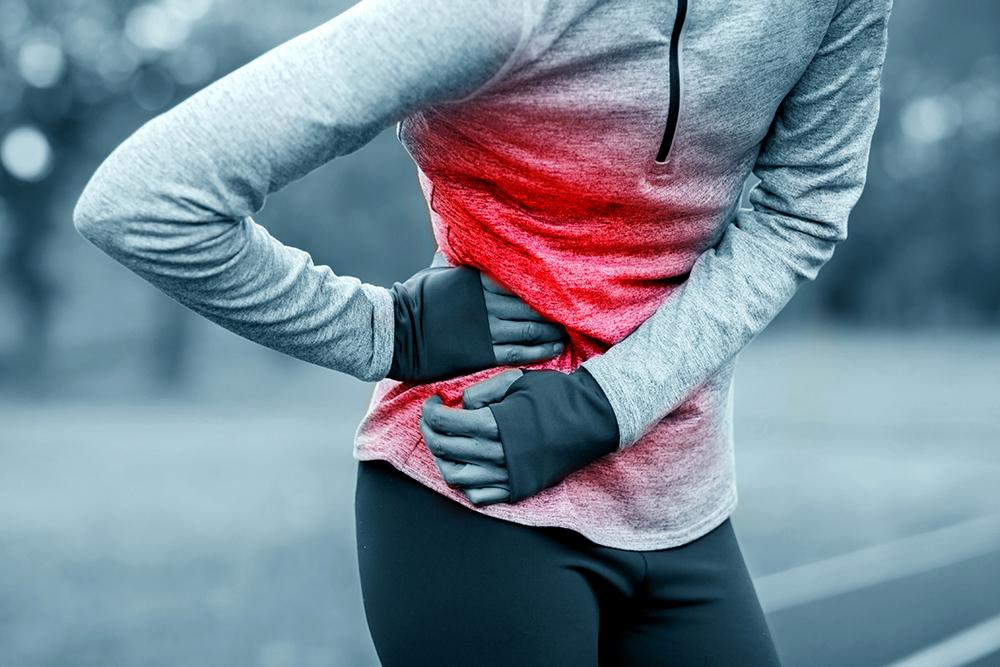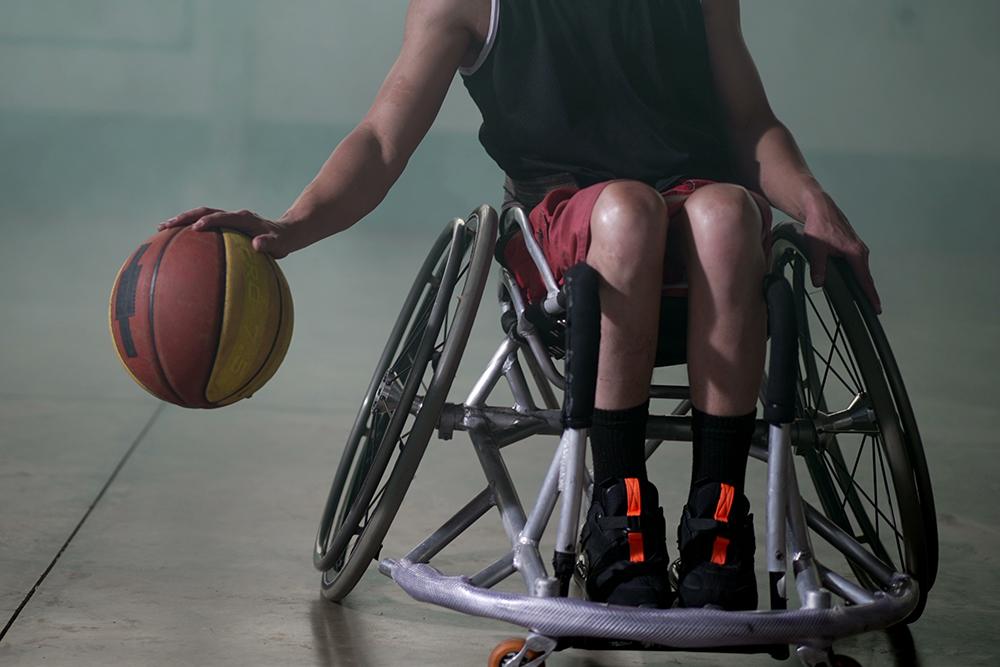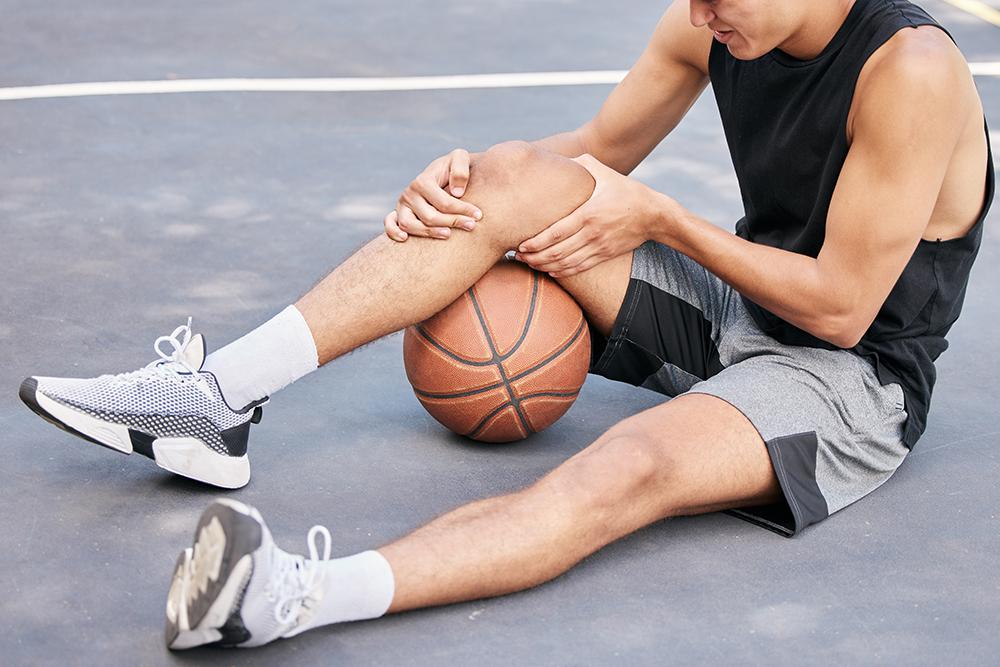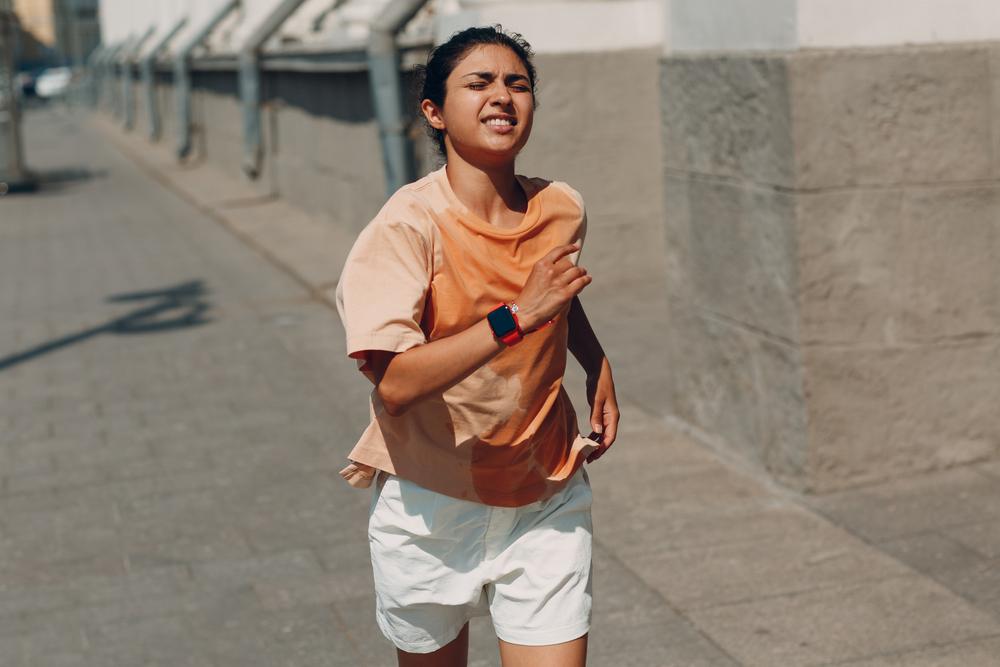 For athletes, the occasional muscle cramp or side stitch during a tough practice or competition isn’t something to worry about. It’s a common occurrence, and typically, neither a cramp nor a side stitch causes lasting discomfort. Still, being able to predict what causes a cramp or a side stitch can help your athlete avoid them as much as possible, and learning the best ways to treat one in the moment can save a game.
For athletes, the occasional muscle cramp or side stitch during a tough practice or competition isn’t something to worry about. It’s a common occurrence, and typically, neither a cramp nor a side stitch causes lasting discomfort. Still, being able to predict what causes a cramp or a side stitch can help your athlete avoid them as much as possible, and learning the best ways to treat one in the moment can save a game.
Here, Dr. Michele LaBotz, a TrueSport Expert and sports medicine specialist, explains that while science doesn’t have all the answers, there are evidence-backed ways you can help an athlete who is struggling with side stitches or muscle cramps.
1. How do we define “side stitch” versus “cramp”?
A side stitch is basically temporary, exercise-related abdominal pain that often feels like a sharp stabbing pain below the bottom of the rib cage. It is also known as exercise-related transient abdominal pain, or ETAP. Although side stitches can occur with most any form of exercise, it’s most commonly associated with activities where there’s a lot of use of the core (running and equestrian activities are two sports where side stitches are quite common). Younger athletes are much more prone to side stitches than older athletes, and unfortunately, they also tend to experience them more severely.
While LaBotz notes that research is still unclear as to what causes a side stitch, she says that the best evidence seems to show that it likely results from an irritation of the tissue that forms a protective layer covering the intestines.
 A cramp—the feeling of a muscle contracting and tightening, and not relaxing again—can be just as painful, but it’s caused by something different than a side stitch. “We currently believe that exercise associated muscle cramps happen when nerve cells get excited and they can’t calm themselves down,” says LaBotz. “When the nerve goes into overdrive, the muscle cramps. But there are a bunch of different reasons for that increased level of excitement.”
A cramp—the feeling of a muscle contracting and tightening, and not relaxing again—can be just as painful, but it’s caused by something different than a side stitch. “We currently believe that exercise associated muscle cramps happen when nerve cells get excited and they can’t calm themselves down,” says LaBotz. “When the nerve goes into overdrive, the muscle cramps. But there are a bunch of different reasons for that increased level of excitement.”
Previously, doctors believed that dehydration played a major role in causing cramps, LaBotz explains. And dehydration does accelerate muscular fatigue, which can lead to cramping—but the dehydration itself isn’t the cause. You’re more likely to get cramps if you have certain stressors, such as not getting enough sleep, too much overall stress in your life, certain medications, or a genetic predisposition. Essentially, anything that messes with the nervous system may make you more prone to getting these exercise-induced cramps. Previous muscle injury or damage can also make that muscle more prone to cramping, as can overly intense or long-duration exercise, especially in heat.
Young athletes can be especially prone to cramping because their sport specific skill set, neuromuscular coordination, and general fitness may not be fully developed. Less efficient movement patterns can place added stress across nerve and muscle tissues, but as athletes improve their overall conditioning and skill level, they may find they cramp less frequently.
2. Become a detective to prevent side stitches and cramps
Everyone is different, says LaBotz. “The thing that is most provocative for one person when it comes to cramps may not be an issue for somebody else. So, pay attention to your individual pattern.”
“With both side stitches and muscle cramps, different people will find that there are different things that are triggering depending upon their genetics, build, and activity,” says LaBotz. “Your athlete’s goal should be to figure out their own pattern for what makes the pain worse, and from there, experiment with the things that affect it.”
High volumes of food and beverage before or during exercise can bring on side stitches for many athletes. LaBotz emphasizes, “It’s often the volume of what the athlete is eating and drinking. As the stomach and intestines become more stretched, it puts more strain across them.” LaBotz reports that athletes can experiment with meal timing prior to exercise, and she states that, “For some athletes, small sips of fluid and small frequent snacks before activity are going to tend to be better tolerated and less likely to produce trouble.” A trial of higher calorie sports drinks instead of solid foods and water can be helpful for some.
For side stitches, building a strong core and improving posture in and out of sport can be helpful as well. “A lot of the activities that cause side stitches produce a lot of motion around the torso, so ideally an athlete works to build up support with a good core stabilization program,” LaBotz adds. She’s an advocate of Pilates for developing core strength and stability. Some athletes may find that using an elastic wrap-around brace (i.e., the type commonly sold to help with back pain) can be helpful as well, but this should not be considered a long-term solution and is not helpful for everyone.
“The other way to prevent side stitches is simply by improving overall levels of fitness,” says LaBotz. “Yes, even highly trained athletes can get a side stitch, but you do see it happen more frequently and more severely in training sessions with people who aren’t as fit.”
3. Treating a side stitch or cramp on the field
When dealing with a side stitch in the moment, slowing down and taking some deep breaths can help. “Keeping more air in your lungs, and breathing a little shallowly, so that you’re expanding your lung volume can help,” she says. “As that lung volume expands, your posture improves, and it pushes down on the diaphragm, which reduces some of the strain across the intestinal contents.” If the stitch doesn’t go away, pause and bend over to take the strain off the area, or provide some firm pressure with your hands over the area that is most painful.
Unfortunately, there’s no simple solution to a side stitch, but the good news is that once you stop, it does tend to resolve within a few minutes, though some athletes may feel twinges for a few hours.
When it comes to cramping, for some, gentle static stretching or massage can help relieve the pain, as can simply taking a break from practice. For others, LaBotz notes that some foods, such as a teaspoon of vinegar, a sip of pickle juice, a packet of mustard, or even a bit of hot pepper, seem to alter some of the nerve reflexes and relieve the cramp. Making sure the athlete is hydrated may also help, though it’s not the quick fix that some previously believed. If it’s a hot day, cooling the athlete down can also relieve the cramp, since there’s a chance that it was heat-induced, LaBotz says.
While there is no simple cure for a side stitch or muscle cramp, arming your young athlete with these ideas for how to control the discomfort can empower an athlete to troubleshoot their situation, which is really helpful, especially mid-competition. “Even having a couple of simple things to try can be helpful,” says LaBotz. While cramps and side stitches aren’t ‘just in your athlete’s head,’ the power of positive thinking truly can help your athlete move through the discomfort easier.
The only caveat to cramping comes when the pain isn’t going away, or the pain is spreading. “If your athlete’s pain is progressing to a full body cramp, it’s time to get professional help,” she adds. “But most commonly, a cramp stays in one specific area and is relieved fairly quickly once the athlete rests and cools down.”
__________________________
Takeaway
Cramps and side stitches are common for athletes, and they are rarely entirely preventable. But athletes can start to predict their common triggers and work to avoid them as much as possible. During a side stitch, deep breaths and slowing down should help alleviate the pain, while muscle cramps can be eased with rest, gentle stretching and/or massage, and cooling down.



